Growing Geriatric Population
The aging population is a significant factor driving the Sleep Apnea Implants Market. As individuals age, the risk of developing sleep apnea increases due to physiological changes and the prevalence of comorbid conditions. By 2030, it is projected that the number of people aged 65 and older will reach 1.5 billion worldwide, creating a substantial market for sleep apnea treatments. This demographic shift necessitates the development of tailored solutions, including implants, to address the specific needs of older patients. Healthcare systems are likely to prioritize effective management of sleep apnea in this population, further propelling the demand for innovative implant technologies. The Sleep Apnea Implants Market stands to gain from this trend as healthcare providers adapt to the needs of an aging society.
Rising Prevalence of Sleep Apnea
The increasing prevalence of sleep apnea is a primary driver for the Sleep Apnea Implants Market. Recent estimates suggest that approximately 22 million Americans suffer from obstructive sleep apnea, with many cases remaining undiagnosed. This growing patient population creates a substantial demand for effective treatment options, including implants. As awareness of the condition rises, more individuals seek medical intervention, thereby propelling the market forward. The Sleep Apnea Implants Market is likely to benefit from this trend, as healthcare providers look for innovative solutions to address the needs of patients. Furthermore, the correlation between sleep apnea and comorbidities such as cardiovascular diseases and diabetes underscores the urgency for effective treatments, further driving market growth.
Rising Awareness and Education Initiatives
Rising awareness and education initiatives regarding sleep apnea are significantly impacting the Sleep Apnea Implants Market. Various organizations and healthcare providers are actively promoting the importance of sleep health, leading to increased diagnosis and treatment of sleep apnea. Public health campaigns and educational programs are helping to demystify the condition, encouraging individuals to seek medical advice. This heightened awareness is likely to result in a greater number of patients exploring treatment options, including implants. As more people become informed about the risks associated with untreated sleep apnea, the demand for effective solutions is expected to rise. Consequently, the Sleep Apnea Implants Market may see a surge in interest and investment as stakeholders respond to this growing awareness.
Technological Innovations in Implant Devices
Technological advancements in implantable devices are significantly influencing the Sleep Apnea Implants Market. Innovations such as neurostimulation devices and improved surgical techniques have enhanced the efficacy and safety of these implants. For instance, the development of adjustable implants allows for personalized treatment, catering to the unique anatomical needs of patients. The market is witnessing a surge in research and development activities aimed at creating more effective and less invasive solutions. As these technologies evolve, they are expected to attract more patients seeking alternatives to traditional CPAP therapy. The integration of smart technology into these devices, enabling remote monitoring and data collection, may also enhance patient compliance and satisfaction, thereby expanding the market.
Increased Investment in Healthcare Infrastructure
Investment in healthcare infrastructure is a crucial driver for the Sleep Apnea Implants Market. Governments and private entities are increasingly allocating resources to enhance healthcare facilities and improve access to advanced medical technologies. This trend is particularly evident in emerging markets, where the demand for effective sleep apnea treatments is on the rise. Enhanced healthcare infrastructure facilitates the adoption of innovative implant technologies, as hospitals and clinics are better equipped to provide specialized care. Furthermore, increased funding for research and development in the field of sleep medicine may lead to the introduction of new and improved implantable devices. As healthcare systems evolve, the Sleep Apnea Implants Market is likely to experience accelerated growth.


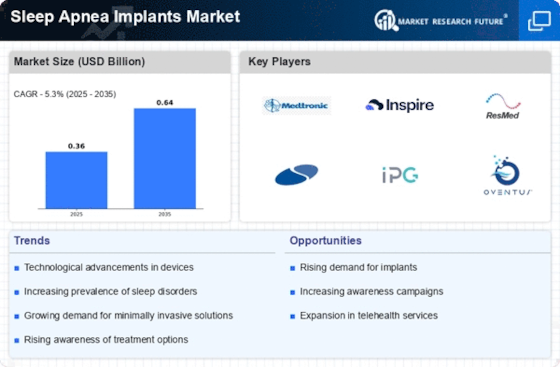
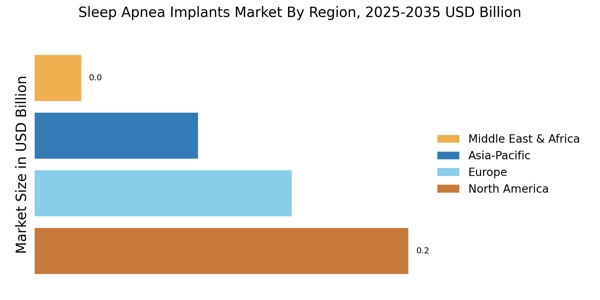
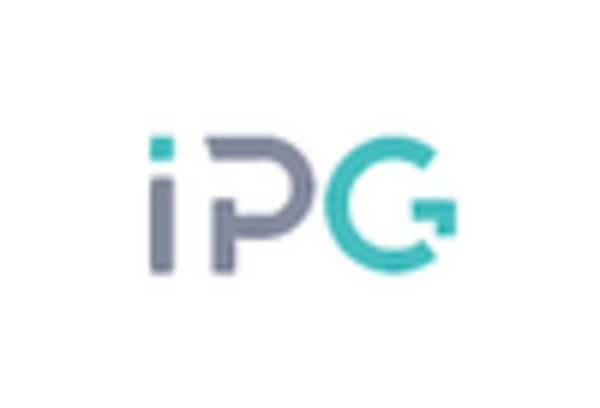
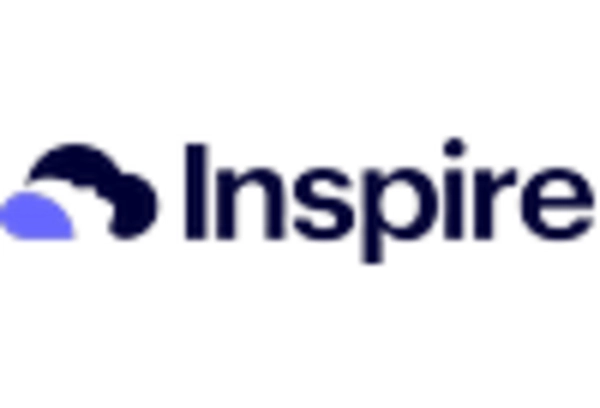

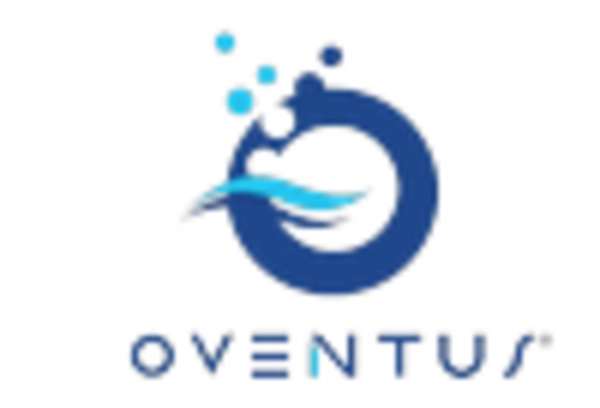
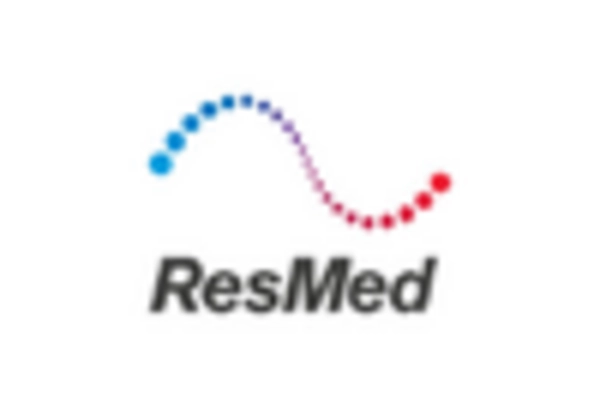
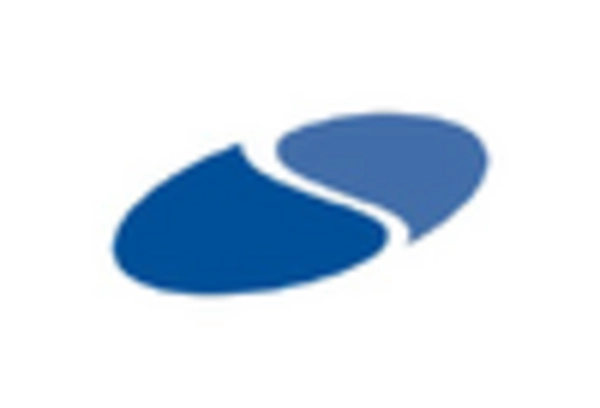








Leave a Comment